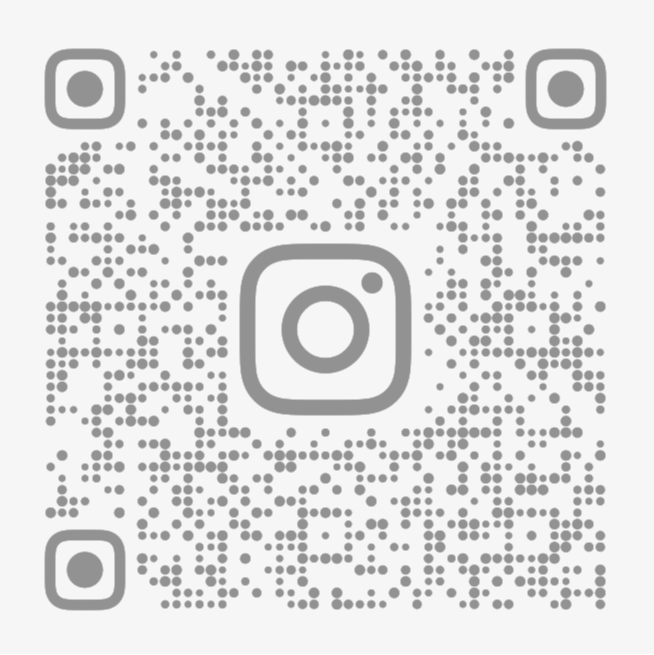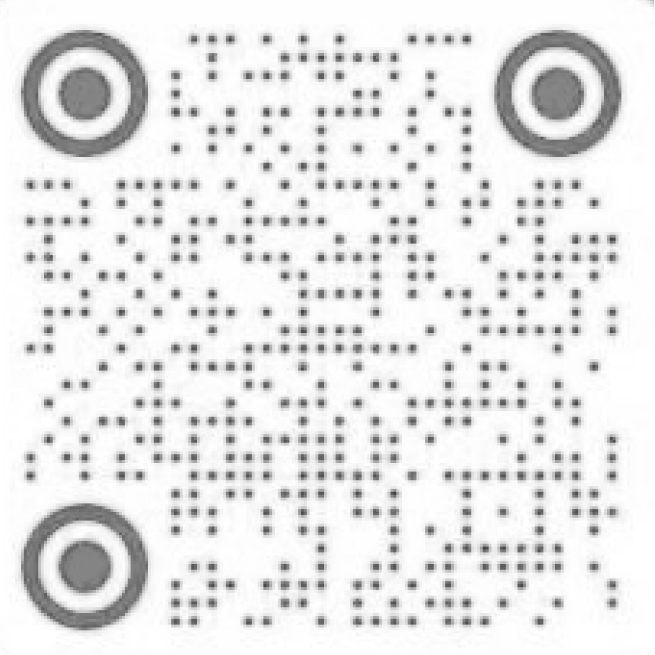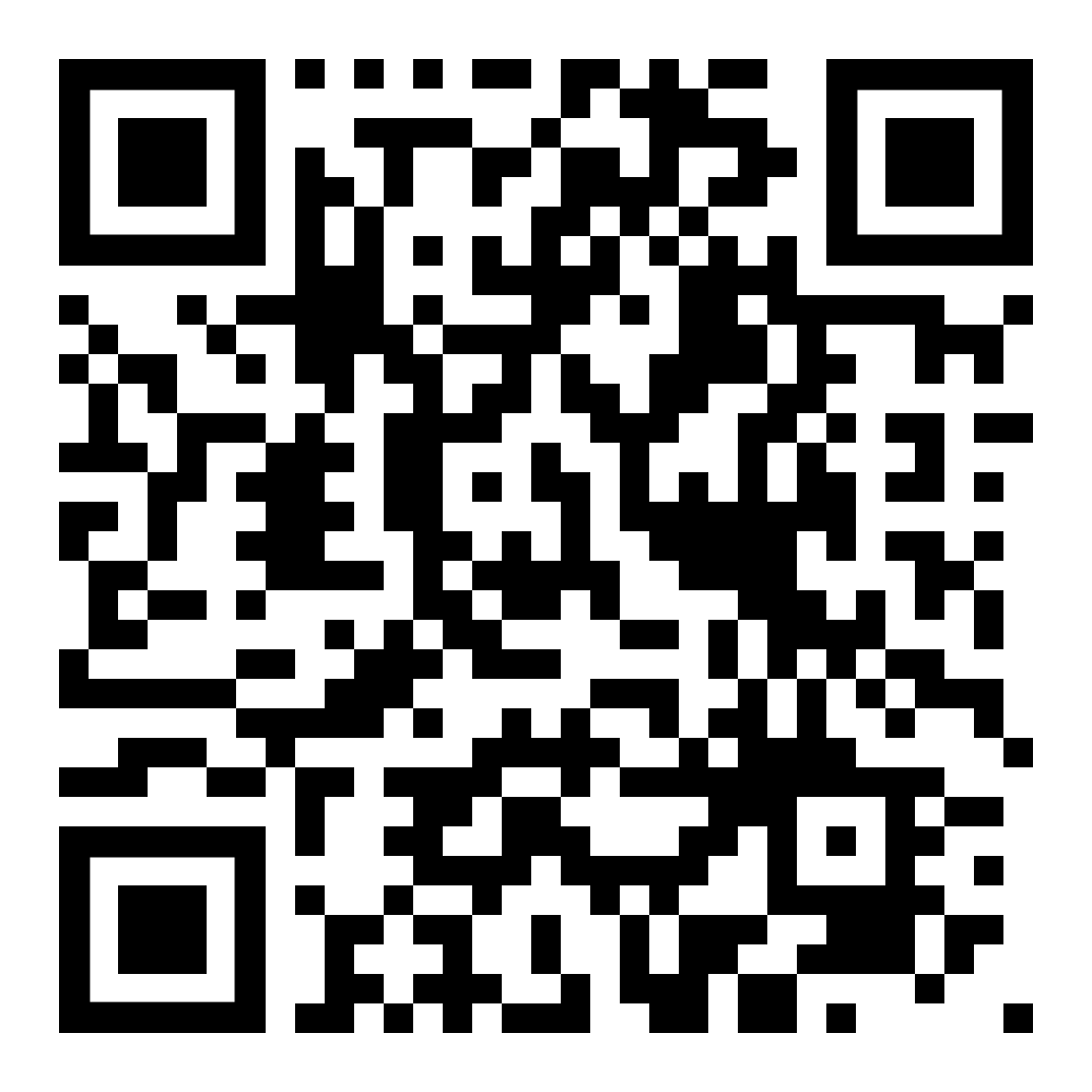
Yuichi Inoue
Japan
b.1916
Recognized as a seminal figure in postwar avant-garde art, Yuichi Inoue redefined the boundaries of traditional Japanese calligraphy through his revolutionary gestural practice. A disciple of calligraphy master Sokyu Ueda, the artist co-established the influential Bokujin-kai collective in 1952, systematically deconstructing classical sho conventions to develop an intensely physical, abstract visual language.
Inoue's groundbreaking oeuvre transformed kanji characters into dynamic fields of existential expression, employing unconventional materials and performative techniques that drew critical parallels with Abstract Expressionist contemporaries including Franz Kline and Pierre Alechinsky. His radical approach garnered international recognition through seminal exhibitions at documenta II (1959), the Museum of Modern Art, New York (1958), and the Stedelijk Museum, Amsterdam (1963), among other prestigious institutions.
The artist maintained an exceptionally rigorous creative practice, systematically destroying works failing to meet his exacting standards. This uncompromising methodology resulted in a meticulously documented corpus published in a comprehensive three-volume catalogue raisonné. Eminent critic Herbert Read included Inoue's work in his authoritative survey "A Concise History of Modern Painting," while Robert Motherwell acknowledged him as one of the most significant artistic voices of the postwar era.









